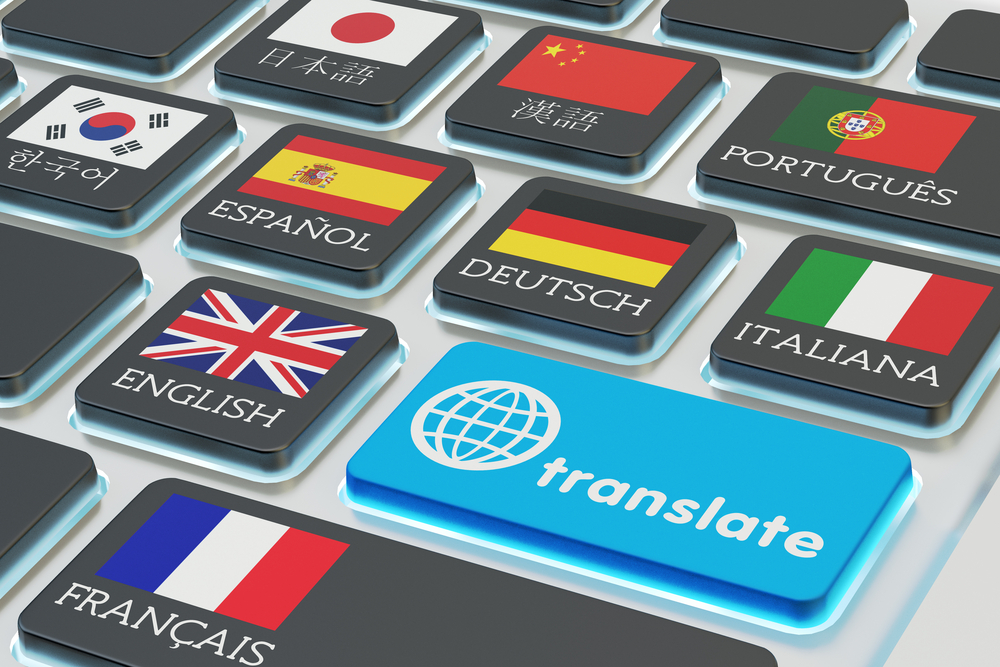Youtube is testing an integration of Aloud’s AI-powered video dubbing tool.
Aloud is part of Google’s Area 120 in-house incubator which it announced in 2022. Aloud is currently in limited release with a waiting list and Youtube has only given access to a few hundred content creators to trial the integrated feature.
Earlier in 2023 Google rolled out a trial of their multi-language audio track option. That allowed you to upload your video with multiple language audio tracks so the viewer could select what language audio track they wanted to listen to.
The problem with that is that you had to create the other language audio tracks yourself or outsource it to a dubbing company.
Youtube’s auto-transcription tool is pretty good at giving you subtitles but people don’t go to Youtube to read. They want to watch and listen to a video in their language. And reading subtitles while hearing a language you can’t understand is annoying.
With this new tool, Youtube automatically creates a transcription of your video and once you approve it, an audio track in the language you select is created for you. Currently, it will only dub from English into Portuguese and Spanish but they’re planning on adding Hindi and Bahasa Indonesian soon too.
If you’re a Youtube content creator this is a game changer. Imagine how many more views your videos could get if millions more could instantly understand the audio in the videos you upload.
No doubt the folks at Youtube also checked their calculators and saw extra dollar signs. There’s huge potential for more ad revenue if millions more people start watching content that was previously only aimed at English-speaking audiences. Youtubers with monetized accounts will be thinking along the same lines.
In addition to the additional languages, Youtube is also planning on adding a number of other AI-powered features. The AI voices in Aloud’s demo video sound pretty good already but they hope to create audio tracks that sound similar to the original speaker’s voice with the emotion retained in the dubbed audio too.
Youtube and Aloud are also working on making the generated audio sync with the speaker’s lips. And if it’s tricky to get the audio to lip-sync properly they eventually envisage using AI to do “lip regeneration” where the video of the lips is changed to fit the dubbed audio.
If you’re sitting on a bunch of English Youtube content then make sure you get on the Aloud waiting list for now. Let’s hope Youtube opens up access to the integrated tool soon.





